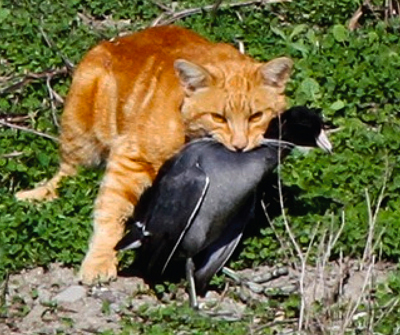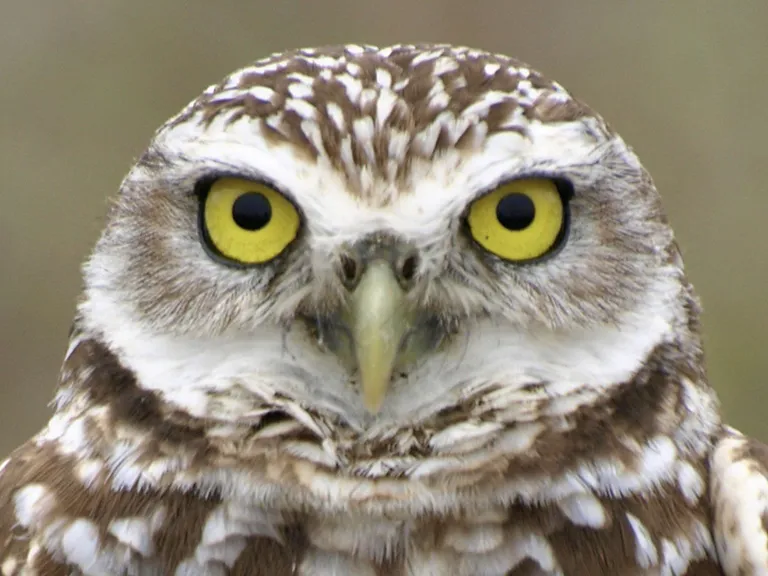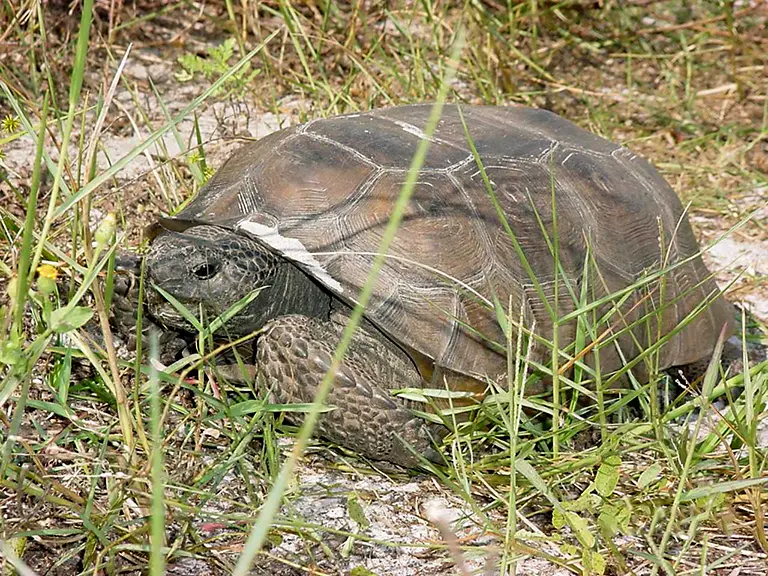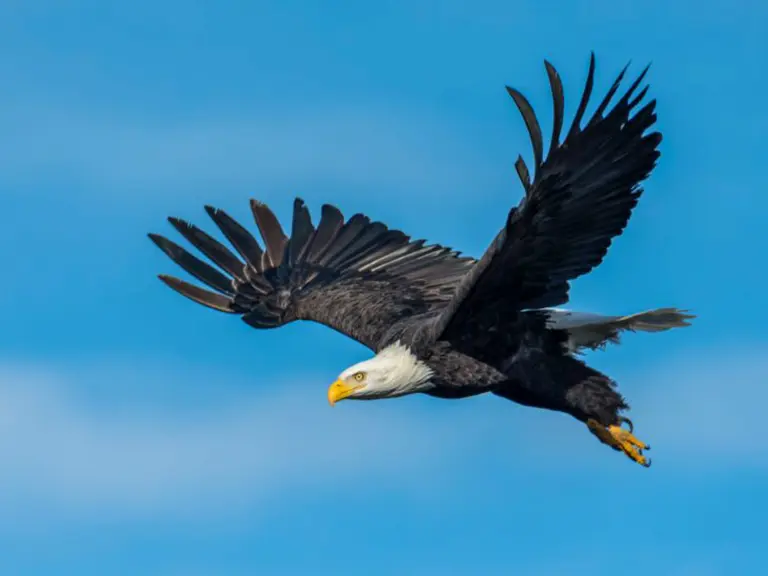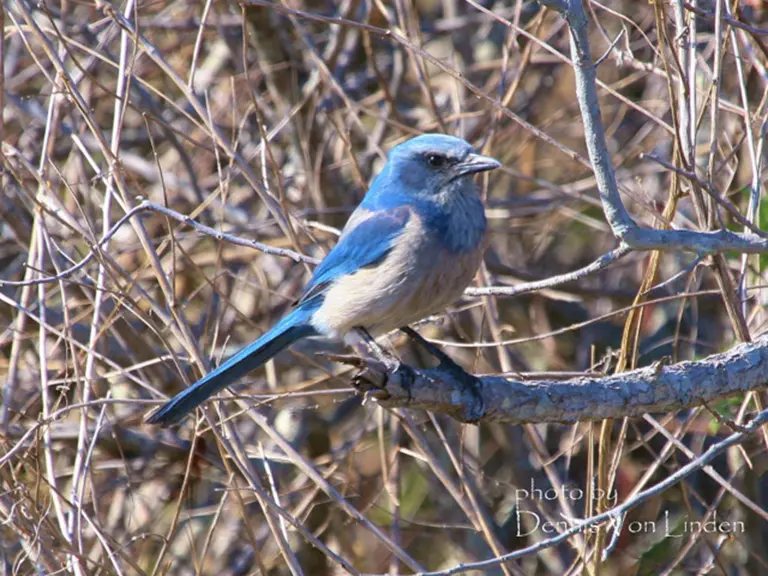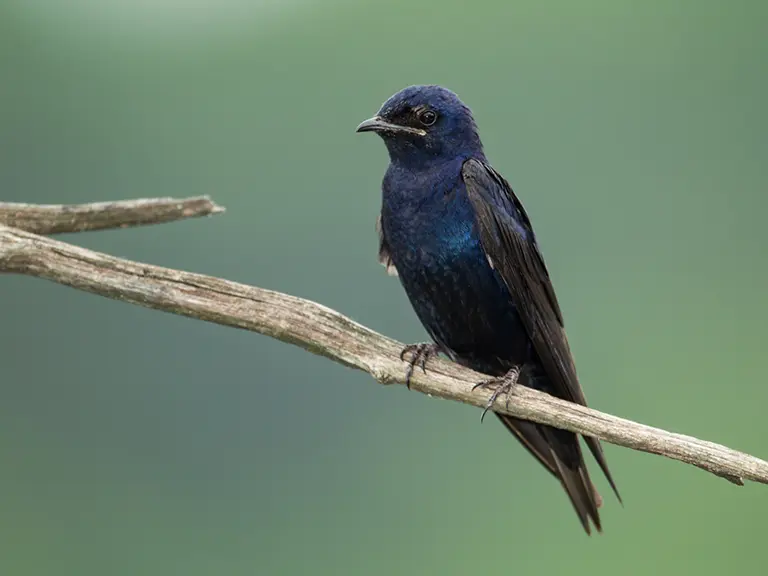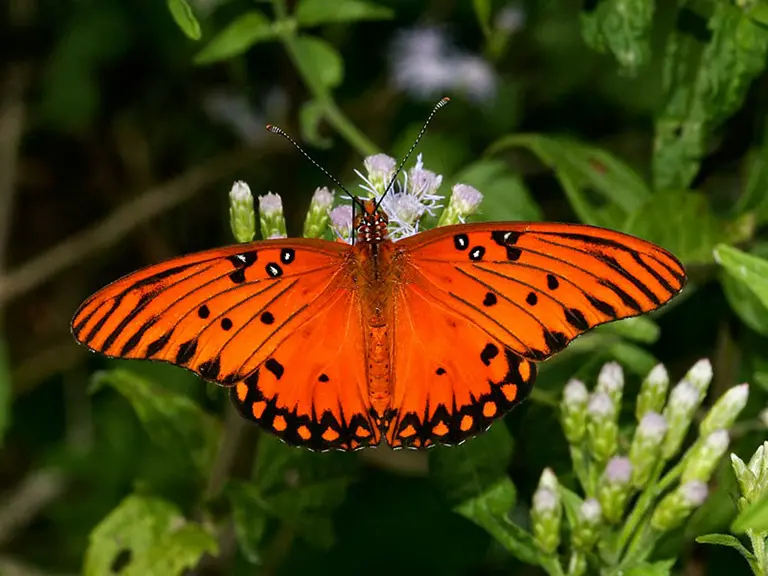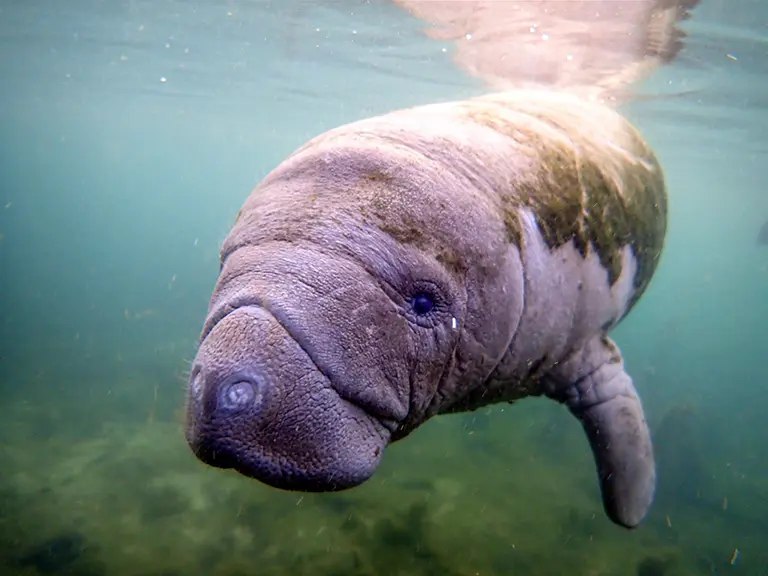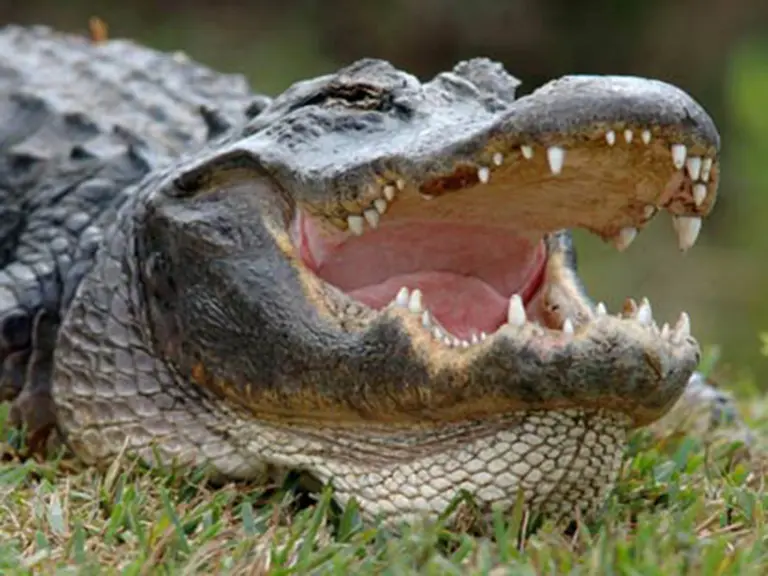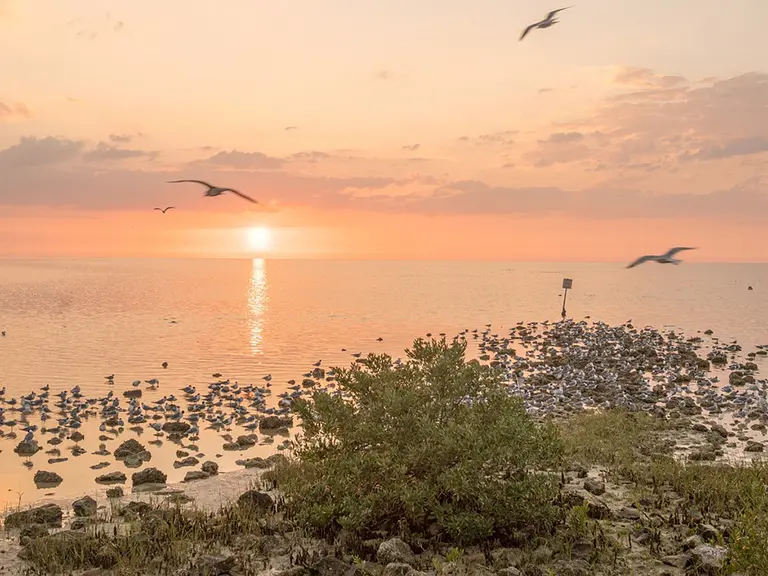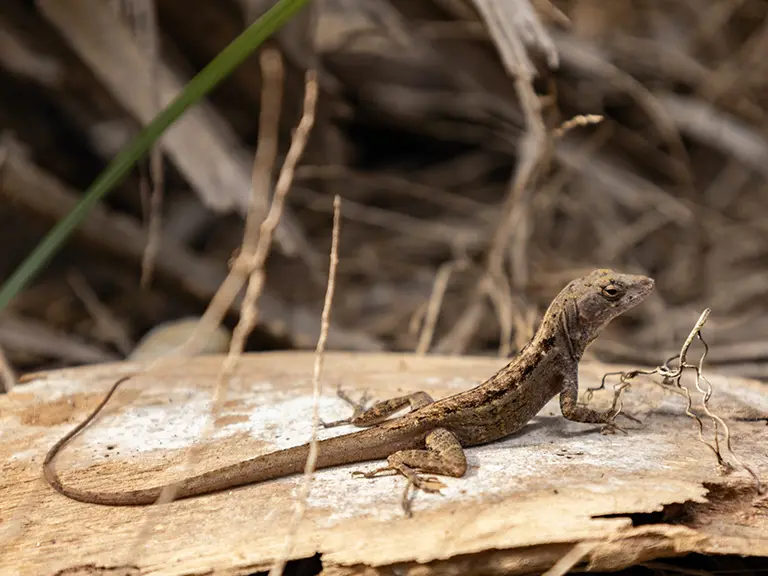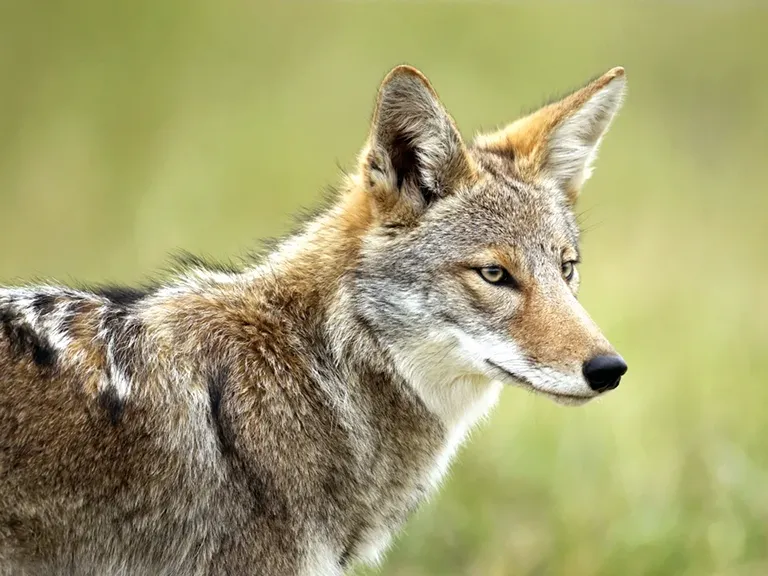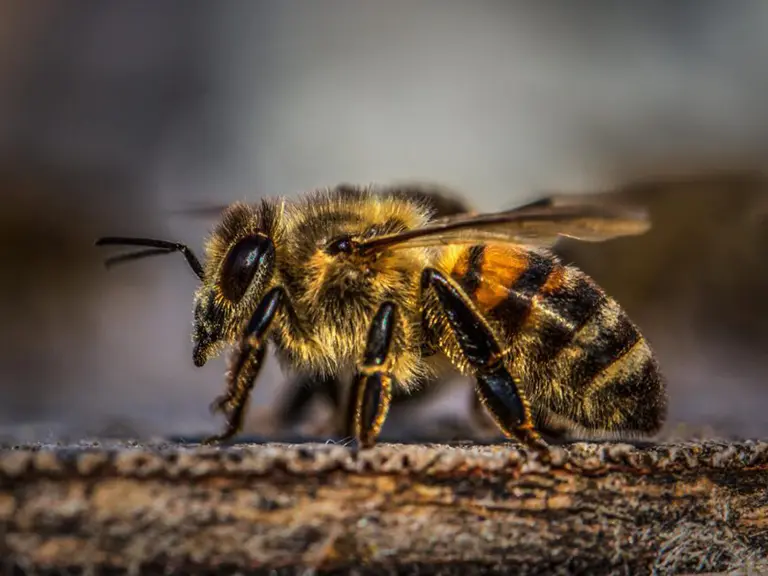Cats
If you really care about your pet cat, KEEP IT INDOORS!
If the fact that the life span of a cat kept indoors can be upwards of 20 years, while the life span of a cat allowed to roam outdoors is only 5 years, isn’t enough to want you to keep your cat indoors, check out the list of diseases your cat can contract while outdoors. Fleas, parasites, Feline AIDS (Feline Immunodeficiency Virus (FIV)) and feline Leukemia (FeLV), Distemper (feline panleukopenia), (all fatal), rabies, abscesses, ticks, and ringworm are the most common diseases contracted by outdoor cats.
In addition, your cat runs the risk of being stolen, angering your neighbors for defecating and urinating in their prize flowers, getting hit by cars, being bit by rabid wild animals, getting caught in traps set for other animals, getting captured for use as science experiments, being poisoned by drinking antifreeze or being abused by humans.
After a night of crawling in and out of garbage dumpsters, eating rotten food, and eating mice, do you really want Fluffy, sleeping in bed with you and walking all over your kitchen counter tops!
If this hasn’t convinced you to keep your cats indoors, the fact that both feral cats and domesticated cats kill hundreds of thousands of birds annually here in the U.S., including our precious Burrowing Owls should make you stop and think!
Please help our Burrowing Owls and the other birds of Cape Coral by keeping your cat indoors.
